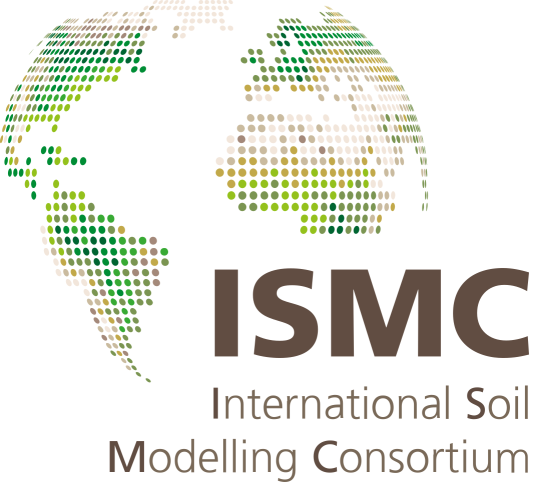Modeling water and nutrient uptake by crops: simulate uptake to predict growth or simulate growth to predict uptake?
- Forschungszentrum Jülich, Institute of Agrosphere, Jülich, Germany (j.vanderborght@fz-juelich.de)
We developed root scale models that simulate water and nutrient uptake by crops. Water flow in the soil and root systems was linked in order to describe root water uptake as a function of root properties and distributions, soil and leaf water potentials. One of the underlying motivations is to predict the crop water stress level and its impact on transpiration and growth. The mechanistic description of water fluxes resulted in models that were sensitive to hydraulic properties of the root system, including root density, and root distribution with depth. These sensitivities improved predictions of crop water uptake and water stress in different soils and for different water treatments. Crucial was the correct representation of the root system and its response to different ‘treatments’. Thus, in order to predict the impact of water stress on growth, the growth response to the water stress must be predicted. So far, these response functions and especially the distribution of carbon within the plant to the different plant organs are empirical functions. A coupled carbon and water flow model within the plant is a way forward to more mechanistic descriptions of these responses. A similar storyline can be developed for nutrient uptake. Mechanistic nutrient uptake models do not consider nutrient transport within the root system but focus on transport towards the root surface. Multi-scale flow and transport simulations demonstrated that small scale transport towards growing root tips and root system scale water and nutrient distributions controlled nutrient uptake. These simulations predicted the observed interaction between water and phosphate uptake of an upland rice crop. However, here again, simulated uptake depended on the root development in response to nutrient and water stress. Mechanistic descriptions of root growth response to nutrients require a further understanding of plant physiological processes that cause these responses.
How to cite: Vanderborght, J., Schnepf, A., Javaux, M., and Lobet, G.: Modeling water and nutrient uptake by crops: simulate uptake to predict growth or simulate growth to predict uptake?, 3rd ISMC Conference ─ Advances in Modeling Soil Systems, online, 18–22 May 2021, ISMC2021-98, https://doi.org/10.5194/ismc2021-98, 2021.

